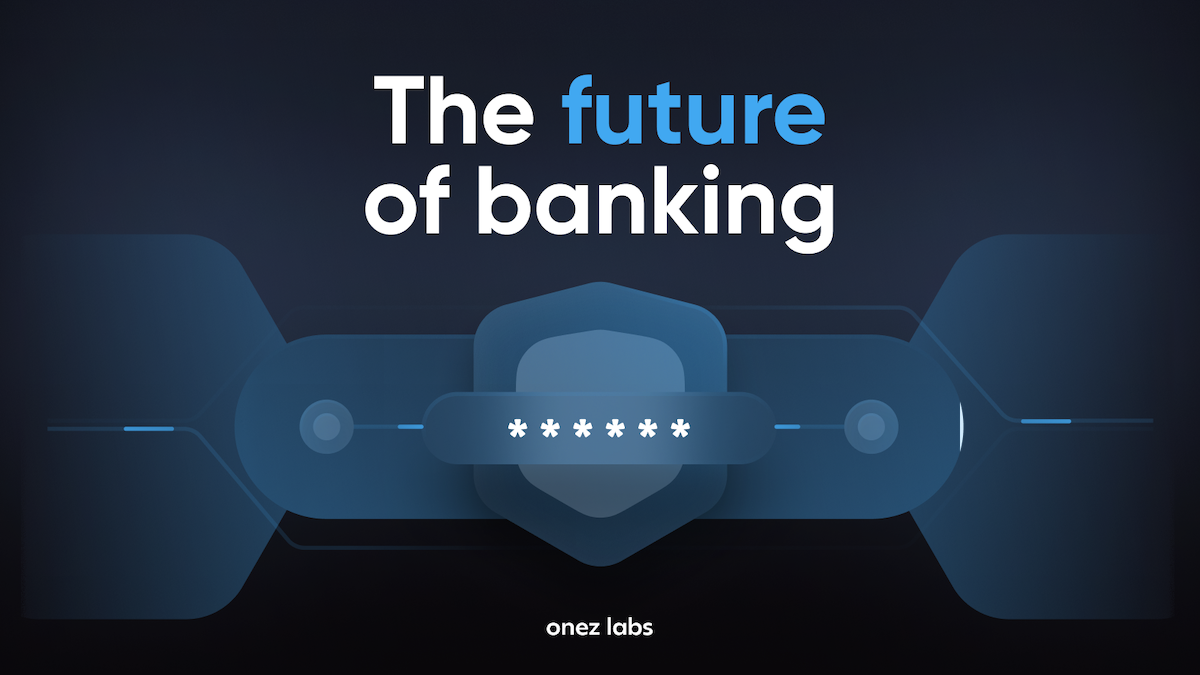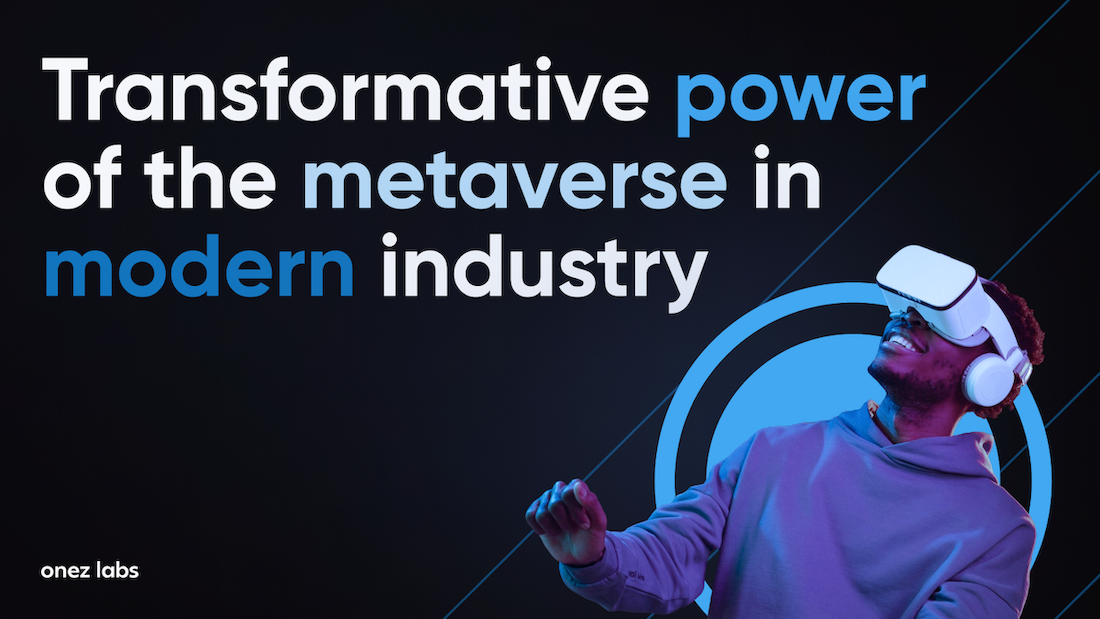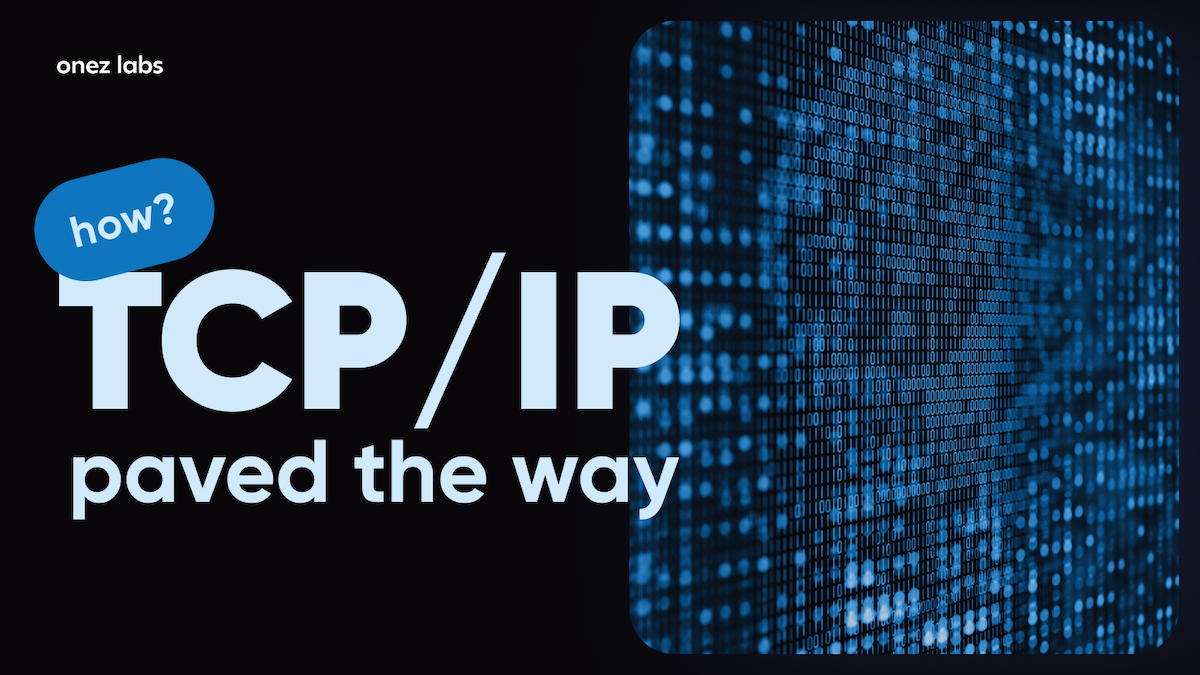Table of Contents
- Introduction to decentralized applications
- Decentralized application development
- Top platforms for developing dApps:
- Role of blockchain in decentralized apps
- Future of decentralized app development
- FAQ
These days, decentralized applications have gained too much popularity due to their potential to disrupt traditional industries and also to give fresh and innovative solutions to different problems. They have been particularly widespread in the finance sector, with the rise of decentralized finance (DeFi) applications that allow users to access financial services without relying on traditional banks or intermediaries. In this article, we explore decentralized applications (DApps), looking at what they are, how they work, and platforms to build them.
Pay attention: onez.io is the best Dapp platform for building a fully functioning Decentralized application.
Introduction to decentralized applications
Decentralized applications, usually called dApps, are computer programs that run on a decentralized network rather than a single central server. It means they are not controlled by any single person or authority, which makes them resistant to censorship and tampering. Instead, they operate on a network of computers, often using blockchain technology, where data is distributed across multiple nodes. This decentralization brings many advantages, including increased security, transparency, and resilience to downtime.
Additionally, decentralized applications are being used in different areas like supply chain management, healthcare, and voting systems to make them more transparent, secure, and efficient.
among others. More people are interested in decentralized apps because they want more control, privacy, and security online. It shows a bigger trend toward Decentralized society.
Key takeaways:
- Decentralization gives users power online. Decentralized apps allow users to control their data, stay private, and be secure. They work on networks that can’t be controlled or censored easily.
- Decentralized apps are used in finance, social media, gaming, and more. They fix problems like privacy issues and censorship.
- Blockchain technology is the base of these apps. It makes sure they stay decentralized, transparent, and safe. Things like agreement methods and smart contracts are important for keeping these apps reliable.
- Decentralized apps have a bright future. They could change many industries and make the online world better. As blockchain Technology improves and more people join in, there are lots of chances for new ideas and good changes already happening.
Decentralized application development
Decentralized application development is all about creating software applications that operate on decentralized networks rather than centralized servers. The process typically involves making use of blockchain technology with smart contracts, and peer-to-peer networks to make sure that the application’s data and logic are distributed across multiple nodes, making it resistant to censorship and tampering. Developers of decentralized applications use programming languages such as Solidity for Ethereum-based applications or languages compatible with other blockchain platforms like JavaScript for projects on platforms such as EOS or Tron.
The significance of decentralized application development is in its potential to transform how we engage with technology and others. No middlemen means more transparency, security, and data control. It impacts finance, healthcare, supply chains, and social media. It empowers everyone to join networks without gatekeepers, making sure fair access to online resources and opportunities.
Types of decentralized applications
Decentralized apps have many types, each for different needs. One is DeFi apps, it changes banking by allowing people to lend, borrow, trade, and manage money without banks. They give more control and transparency to users.
Another type of decentralized application is decentralized social media platforms, which seek to address issues such as data privacy, censorship, and centralized control over content. These platforms make use of blockchain technology to create networks where users have ownership of their data and can interact with each other without interference from central authorities. Decentralized social media platforms aim to empower users by giving everyone control over their online identities and content, while also, helping people come together based on what they like and believe in.
Furthermore, decentralized applications include decentralized marketplaces, gaming platforms, supply chain management systems, and more. Decentralized marketplaces allow peer-to-peer trading of goods and services without intermediaries, while decentralized gaming platforms use blockchain technology to create transparent and secure environments for gamers. Decentralized supply chain management systems aim is to improve transparency and traceability in supply chains, reducing fraud and inefficiencies. Overall, Decentralized apps have many uses in different industries. They have given power to users and changed old systems with decentralization.
Examples of successful decentralized apps
- Uniswap: is a decentralized exchange (DEX) that operates on the Ethereum blockchain. Its unique selling point (USP) is its automated liquidity protocol, which allows users to swap various ERC-20 tokens without the need for an order book. Instead, trades are executed directly between users through liquidity pools, providing efficient and decentralized trading.
- OpenSea: OpenSea is a decentralized marketplace for buying, selling, and trading non-fungible tokens (NFTs). Its USP lies in its wide range of supported NFTs, including digital art, collectibles, virtual real estate, and more. OpenSea provides a user-friendly platform for creators and collectors to engage in the burgeoning NFT market.
- PancakeSwap: PancakeSwap is a decentralized exchange (DEX) built on the Binance Smart Chain (BSC), offering fast and low-cost transactions compared to Ethereum-based DEXs. Its USP includes its innovative features such as liquidity provision through yield farming, staking, and a token launchpad, attracting users with high-yield farming opportunities and a diverse range of tokens.
- Aave: Aave is a decentralized lending and borrowing protocol that operates on the Ethereum blockchain. Its USP lies in its use of flash loans, which allow users to borrow assets without collateral as long as the borrowed funds are repaid within the same transaction. Aave also offers a wide range of assets for lending and borrowing, as well as variable interest rates based on supply and demand.
- Compound: Compound is another decentralized lending and borrowing protocol on Ethereum, known for its algorithmic interest rates and governance token, COMP. Its USP includes its automated interest rate adjustments based on the supply and demand of assets, as well as its governance mechanism, which allows COMP token holders to propose and vote on changes to the protocol.
How to create a decentralized app
To create a DApp you need good planning and doing things carefully to make sure it operates well in the decentralized ecosystem. First, you gotta know what the DApp is for and what it’ll do. This helps decide what technology to use, what features to include, and how users will use it. Also, you need to pick which blockchain to use, like Ethereum or Binance Smart Chain, based on stuff like how many people can use it, how safe it is, and how many people support it.
Once you know what the DApp should do, you can start designing how it’ll work and look. This means making it easy for users to move around and do stuff. You’ll need to plan out what each screen will look like and how users will use the DApp. Also, you gotta make smart contracts, which are like automatic rules that make sure the DApp works right on the blockchain. It’s super important to check these rules to make sure they’re safe and work appropriately. You might also need to connect with other parts of the decentralized world to make your DApp even better, like using DeFi for money activities. After building and testing, you need to keep an eye on the DApp to fix any problems and update it when needed.
Top platforms for developing dApps:
- At Onez, we offer ready-made DApps that only need minor edits to best fit your vision of how you want your application to look. We save you the time and stress of searching for programmers to code your DApp from scratch. Onez addresses issues like these by providing Blockchain businesses and startups with a white-label wallets. Our DApps simply requires you to set your brand logo and choose a great interface according to your preferences with our newly added feature that allows users to explore various DApps in our wallet. Security is our number one priority
- Ethereum, is a marketplace where people can create and trade digital assets using smart contracts. It’s been around the longest and is well-known for its versatility, allowing developers to build a wide range of applications. Smart contracts, which are self-executing contracts with terms written in code, are Ethereum’s specialty, enabling automated transactions without the need for intermediaries.
- Binance Smart Chain, launched as an alternative digital marketplace, offering lower transaction fees and faster processing times compared to Ethereum. Developed by the popular cryptocurrency exchange Binance, it quickly gained popularity among users seeking cost-effective and efficient transactions. Binance Smart Chain utilizes a unique consensus mechanism called Proof of Staked Authority (PoSA), which combines Proof of Stake (PoS) and Proof of Authority (PoA) to achieve consensus. This blockchain platform is compatible with Ethereum, allowing developers to seamlessly port their applications to Binance Smart Chain and take advantage of its benefits.
- Solana, on the other hand, is like a futuristic digital metropolis,optimized for high-performance decentralized applications and cryptocurrencies. With its cutting-edge technology, Solana boasts remarkable throughput and low latency, processing thousands of transactions per second with sub-second finality. Its innovative consensus mechanism, combining Proof of History (PoH) and Proof of Stake (PoS), addresses scalability issues, making it attractive for various projects in decentralized finance, non-fungible tokens, gaming, and beyond.
Can mobile apps be decentralized?
Making decentralized mobile apps would be exciting but also tricky because mobile platforms have their own limits. Normally, mobile apps use one big server for storing and working with data. But if we use decentralized ideas, we can boost security, privacy, and user power. By using blockchain and peer-to-peer networks, these apps can be safer and clearer with data. Plus, users can talk directly without middlemen. This means more chances for DeFi apps, social media, markets, and others to get to mobile users and give them more control online.
However, Making decentralized mobile apps is hard because mobile devices aren’t as powerful as computers. Blockchain needs lots of power, which can drain the phone battery quickly. Also, bad internet can make decentralized apps unreliable. Plus, making them easy to use for everyone is tough. Finding the right balance between benefits and limits is key for making decentralized mobile apps that work perfectly well.
Role of blockchain in decentralized apps
Blockchain technology acts as the base for decentralized apps (DApps), providing the needed structure for their working and making sure they’re decentralized. Essentially, a blockchain is a shared record of transactions spread across computers, called nodes, securely and openly. This decentralized and unchangeable aspect of blockchains is perfect for DApps, promoting trust between users without intermediaries.
Another key aspect of blockchain technology that underpins DApps is its consensus mechanism, which ensures agreement among network participants on the validity of transactions. Different blockchain platforms use different consensus mechanisms, for example, proof of work (PoW), proof of stake (PoS), or delegated proof of stake (DPoS), to validate and add new blocks of transactions to the blockchain. This consensus mechanism always makes sure that the integrity and security of the data are stored on the blockchain, making it tamper-proof and resistant to censorship.
Moreover, smart contracts are very important for DApps on blockchain networks. They’re digital agreements on the blockchain, with set rules for automatic transactions. which allows DApps to operate without middlemen, maintaining clarity and safety for users.
Overall, Blockchain is the foundation of DApps, by making them decentralized and trustworthy. Using blockchain’s security and transparency, DApps can change industries and give users more control over their online activities and assets.
Future of decentralized app development
Let’s sum up, the future of decentralized app development is bright, it has already changed many sectors and reshaped the digital ecosystem overall. As blockchain technology improves, DApps can revolutionize finance, social media, gaming, supply chain management, and more. They give security, transparency, and user control, challenging centralized systems. The rise of DeFi, NFTs, and DAOs shows the massive interest in decentralized solutions.
Looking ahead, DApps can change society and the economy by giving everyone access to money services, allowing people to own their data and digital activities, and encouraging teamwork and new ideas worldwide. But, we need to solve problems like making DApps work for lots of people and following rules. Still, with blockchain getting better and more people getting involved, the future of DApp development would be filled with many possibilities, with lots of chances for new ideas and changes.
As you learn about decentralized solutions, remember that every bit of knowledge helps us move towards a future where technology benefits people and communities. Your interest and willingness to learn are crucial for shaping how digital innovation grows. Stay curious, and know that your involvement is important.
FAQ
What is DApp in simple terms?
A DApp, short for decentralized application, is like a regular app you use on your phone or computer, but it runs on a blockchain network instead of a single central server. This means it’s not controlled by any one person or company, making it more secure and transparent.
How does DApps work?
DApps work by using blockchain technology, which is like a digital ledger that keeps track of transactions. Instead of relying on a central authority, like a company’s server, DApps run on many computers connected to the blockchain network. This makes them decentralized. When you use a DApp, your actions are recorded on the blockchain, ensuring transparency and security.
How to make money with dApp?
You can make money with DApps through various methods like investing in tokens, staking for rewards, providing liquidity in DeFi protocols, developing your own DApp, or participating in token sales and airdrops. These opportunities offer potential for profit, but it’s important to carefully research and understand the risks involved before getting involved in any DApp-related activities.
Can DApp be hacked?
DApps can be hacked, but it’s harder than hacking traditional apps because of their decentralized nature and use of blockchain technology. However, DApps can still be vulnerable to certain types of attacks, such as bugs in the code or vulnerabilities in the smart contracts that govern their operations. Developers work to improve security measures, but it’s essential for users to be cautious and only use reputable DApps.
Learn how to build decentralized applications (DApps) with our comprehensive guide. Explore platforms, development tips, and the future of DApps in various industries.



